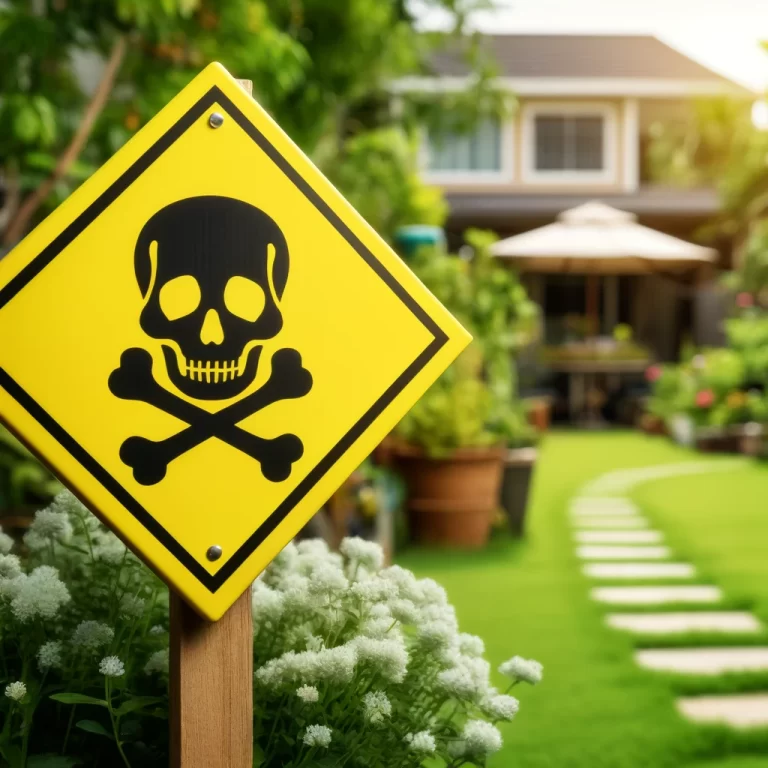Gardening is a rewarding activity that beautifies your surroundings, provides a relaxing hobby, and can even offer fresh produce right at your doorstep. However, not all plants are suitable for every garden. Certain species can become invasive, others might harm local flora and fauna, and some simply do not thrive under the wrong conditions, making…
poisonous plants
The Poison Garden: 10 Plants You Should Never Put In Your Garden
In the tranquil embrace of a garden, nature unfurls in a kaleidoscope of colors, fragrances, and forms, inviting an intimate dance with the botanical world. Yet, lurking within this verdant paradise, a darker narrative unfolds, one where beauty masks danger and allure cloaks peril. This narrative is the essence of the poison garden, a term…

